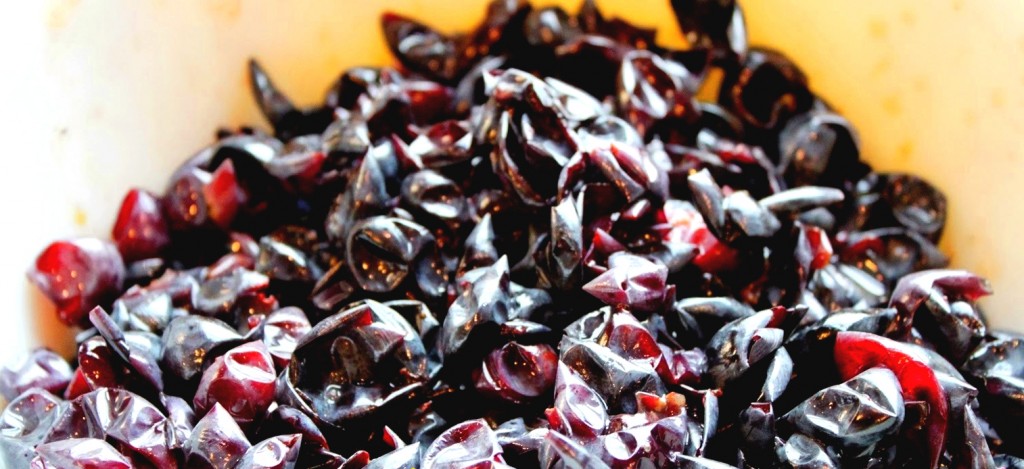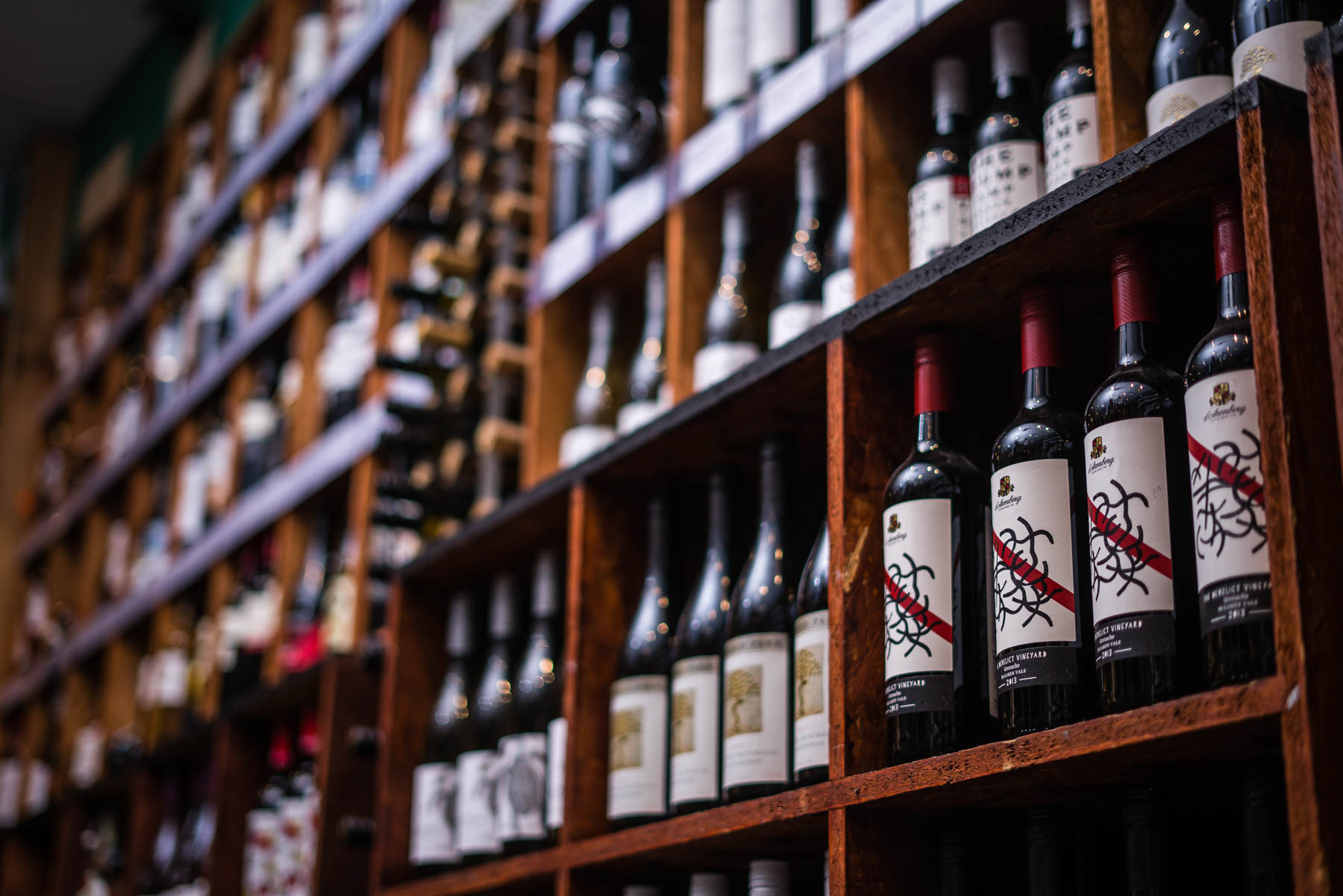Talking about tannin....
Laura on 15 Jun 2015
What is tannin? What does it do to a wine? Is it good or bad? These are questions that are frequently asked. Another question is why tannins sometime enhance a wine and make it taste better, and at other times make it taste dried out and bitter.
There are complicated, scientific answers to the above, but I’ll leave those to the scientists. I want to try to explain, in simple terms, what this word, that you see so often on tasting notes, really means.
What is tannin? Tannin is a polyphenol (an organic chemical compound) found in plants, wood, wood bark, seeds, leaves and fruit skins. About 50% of the dry weight of a leaf is tannin.
You also find tannin in tea, dark chocolate, walnuts, pomegranates, acai berries.
What does tannin taste like? In wine, tannin can give a wine texture and depth. It can also make a wine taste astringent, dried out or bitter. A good way to find out what tannin tastes like is to drink a few sips of a cup of very strong, black tea. It will make your mouth pucker; you’ll feel a bitter, astringent feeling on your tongue, the sides of your mouth, the back of your throat.

How do you get tannin in wine? Tannin occurs mainly in red wines and white wines that have been aged in oak. The tannins come from grape skins, grape pips, grape stems,and the oak barrels that many wines are either fermented, or aged in.
Red wines naturally have more tannins, as the grape juice is left on the skins and pips after crushing, and fermented together, so the tannins get into the juice and become of key component of the resulting wine.
When white grapes are crushed, the juice is run off quite quickly, so there is less of a tannin element. However, when white wine is fermented in barrel, and both whites and reds aged in barrels, tannin will also seep into the wine from the pores in the oak. The same effect happens in cheaper wines, when oak staves or oak chips are added to a tank of wine to give it an oaky, richer effect.
The most bitter tannins come from the grape seeds ( pips), which is why winemakers are very careful to try to remove these before fermentation.

It doesn't sound very nice, what does tannin do to a wine? Tannin can be both good and bad for a wine. Tannin is the substance that gives red wine its deep structure, and texture, so it’s important in many wines, and adds a key layer of complexity and depth. Tannin can also help with the longevity of a wine.
But if it’s not handled well, it can make a wine taste bitter, astringent and very dried out. If grapes are crushed too hard, or grape seeds aren’t removed properly, there will be bitterness in the wine.
Why do some red wines have more tannins than others? The good tannins in grapes are found in the grape skins; whilst you want to avoid getting grape pip, or grape stem tannins into the juice, it’s the tannins from the grape skins that are more gentle, more complex, and add the character and depth to a wine. The amount of tannin that a red wine has will depend on the grape from which it is made, when it is picked, and how the winemaker chooses to use it.
To simplify, small, thick-skinned grapes, such as Cabernet Sauvignon, have naturally more tannin than larger, thin-skinned grapes; sunshine and heat ripen grapes and therefore soften tannins, so if a grape is picked when it’s unripe, the tannins in the grape skins will be that much harsher. That’s why the quality and style of a vintage can vary, based on the weather pattern, and the ripeness of the grapes.
Grapes such as Pinot Noir have thin skins, which give out less colour and also less tannin.
Finally, it’s all down to the skill of the winemakers, and how much colour and tannin they want out of the grapes. The riper the grapes, the more integrated and smooth the tannins will be. Pick grapes too early, and crush them too hard, and the resulting wine will be sappy and harsh. Pick them when fully ripe, and balance the colour with the tannin extract, and the wine will benefit .
Which wines are high in tannin? Wines made from Cabernet Sauvignon and Shiraz can be very high in tannin. Young Bordeaux, Californian reds, and also South African reds have lots of concentration of colour and tannins. Shiraz tends to ripen more easily, so the grippy tannins tend to be more from Cabernet Sauvignon, in Cabernet/Shiraz blends. The Italian grape Nebbiolo, famed for its world class Barolos also produces high tannin wines.
Do tannins in wine soften? In most cases, yes. If the tannins are green due to unripe grapes, or over-crushing, then they won’t, and the wine will never quite rid itself of that green, sappy edge. Get it right and the tannins will gently mellow, and slowly settle and melt into the character of the wine, adding depth, interest, longevity and complexity.
As with everything, it’s all about balance. Get it wrong, and the green, stalky tannins will never go away, and yield to the softer fruit in the wine; but when handled gently and correctly, then tannin is one of the most key components in the beauty and heavenliness of top quality red wine. It adds depth, texture, complexity and that little touch of magic.
By Angela Mount

